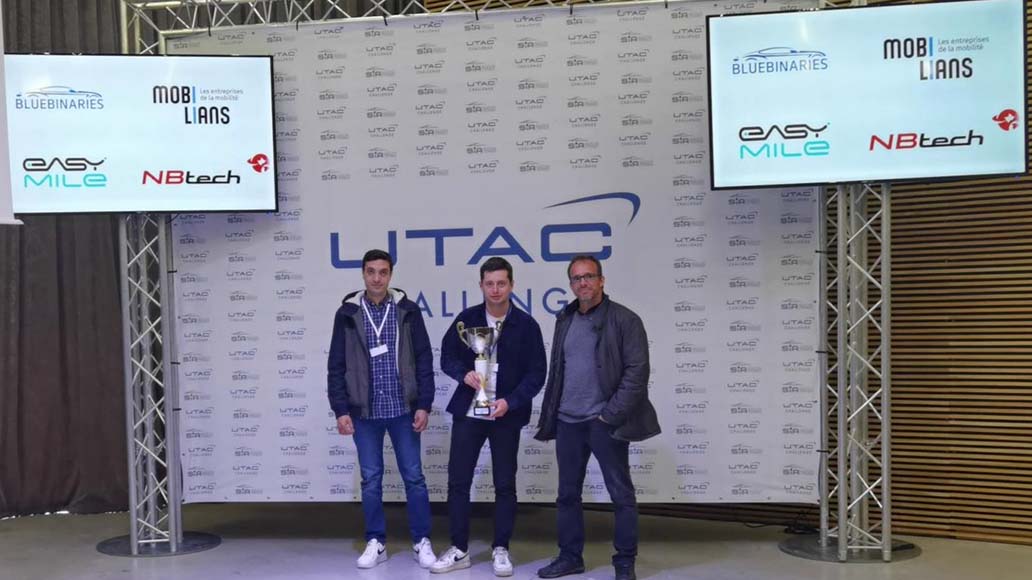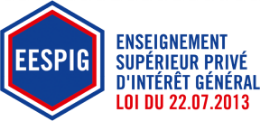Autonomous Mobility : ESTACA Wins the UTAC Challenge

Two ESTACA teams successfully took part in the second edition of the UTAC challenge, a European student competition devoted to future, autonomous and connected mobility. The team of 4th year students won 1st prize in the automated parking category, and the team of students in the Autonomous and Connected Systems Vehicle program won the prize for the best school.
A Unique Challenge for Driverless Vehicles
The UTAC Challenge is the first European student competition organized in a real-life environment, dedicated to the future of autonomous, connected mobility. It covers the partial or complete design of a vehicle, or of systems and functions linked to autonomy and safety. Demonstrations may be dynamic, static or virtual (simulation tool), and performances are assessed by a panel of automotive experts.
Organized under the aegis and with the support of the Société des Ingénieurs de l’Automobile (SIA), this competition is open to student projects from universities, engineering schools and IUTs all over the world.
The 2nd edition brought together 10 schools divided into 13 student groups and one group of professionals on the Linas-Monthléry autodrome circuit: ESTACA, ISAT, ESIGELEC, IPSA, ENSTA Paris, ENSTA Bretagne, IUT d’Orsay, Université d’Orléans, ESEO, Université de Technologie de Belfort-Montbéliard.
The ESTA’PARK and ESTACARS teams each won 1st prize in the Automated Parking category and the Best School prize respectively.
ESTA’PARK is a team of 4 4th-year students, which took part in the Vehicle of the Future challenge in the “Automated parking” category. As part of their 4th-year academic project, they worked on developing an automated underground parking system using a simple camera (no GPS, no LiDAR) and based on the detection of visual markers placed on the ground. This allows a car to find its way around a complex environment without the need for a differential GPS.
The second ESTACARS team was made up of 10 students in their 4th year of the Autonomous and Connected Systems Vehicle program. They presented an extended perception demonstration. When a moving driverless vehicle detects a pedestrian, a message is sent by V2V to the surrounding vehicles to alert them and avoid an accident.
The students created a 3D map of the circuit using satellite data, as well as a scenario modeled using virtual agents. They demonstrated lane keeping, pedestrian detection and V2V communication algorithms on a vehicle.













